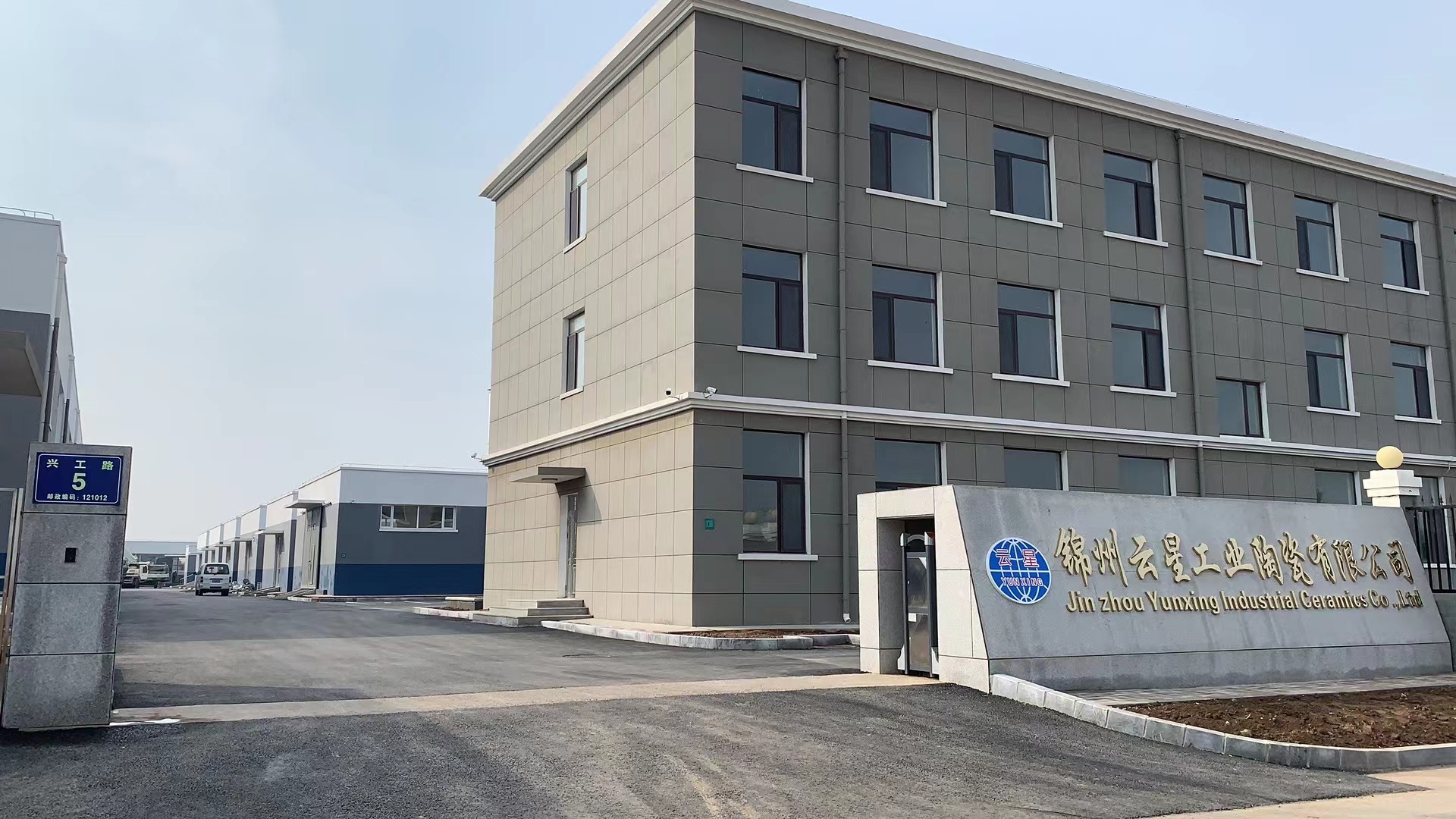Analysis! The Diversity and Application Fields of Microcrystalline Alumina Ceramics

Microcrystalline alumina ceramics refer to alumina ceramic materials that use high-purity α-Al₂O₃ powder as the main raw material, are fabricated through ceramic processing techniques. The grain size of the crystalline phase of these materials is less than 6 μm, and corundum serves as the main crystalline phase.
Microcrystalline alumina ceramics are usually classified into two types: high-purity type and ordinary type:
High-purity microcrystalline alumina ceramics
High-purity microcrystalline alumina ceramics refer to alumina ceramic materials with an Al₂O₃ content of over 99.9%. Its sintering temperature is as high as 1650 to 1990 °C, and the transmission wavelength ranges from 1 to 6 μm. Taking advantage of its light transmittance and resistance to alkali metal corrosion and other properties, it is commonly used as the lamp tube of high-pressure sodium lamps.
Ordinary type microcrystalline alumina ceramics
Ordinary type microcrystalline alumina ceramics can be divided into varieties such as 99 porcelain, 95 porcelain, 92 porcelain, 90 porcelain, 85 porcelain, etc. according to the different contents of Al₂O₃ (sometimes those with an Al₂O₃ content of 80% or 75% are also classified as ordinary alumina). Among them, the 99 alumina ceramic material is often used to make high-temperature crucibles, refractory furnace tubes and other special wear-resistant materials (such as ceramic bearings, ceramic seals and water valve plates). In the electronics industry, it can be used as integrated circuit substrates and high-frequency insulating materials. In the chemical industry, it is often used as a catalyst carrier, etc.; 95 porcelain, 92 porcelain and 90 porcelain alumina ceramics are mainly used as corrosion-resistant and wear-resistant materials and wear-resistant components; since a part of talc is often incorporated into 85 porcelain, its electrical properties and mechanical strength are improved, and it can be sealed with metals such as niobium and tantalum, and is used as devices for electrovacuum devices, etc.
Application Fields of Microcrystalline Alumina Ceramics
01. Deep Processing Industry of Non-metallic Minerals
Currently, billions of tons of non-metallic minerals are crushed and ground worldwide every year, requiring a large amount of microcrystalline alumina ceramic grinding media and various other grinding media. Due to the excellent wear resistance of microcrystalline alumina ceramic grinding media and the requirements of high-quality ceramic products for grinding media, it is an inevitable trend that microcrystalline alumina ceramic grinding media will gradually replace other grinding media in the future.
02. In the field of electronics
Microcrystalline alumina ceramics possess excellent insulating properties and thermal stability. Therefore, they are widely applied in the field of electronics and electrical appliances for the manufacturing of electronic components, circuit boards, semiconductor packaging, and so on. With the rapid development of China's electronics industry, especially the microelectronics industry, the demand for alumina ceramic substrates is constantly increasing.
03. Petrochemical Industry
Microcrystalline alumina ceramics, especially those with an alumina content of over 97%, have typical applications in oil and natural gas drilling equipment, such as being used as nozzles, valve seats, regulating devices, pump fittings, drill bit fittings, etc. They can operate normally in high-pressure and vibrating environments, and even in the presence of acids and alkalis.
04. Military Field
Microcrystalline alumina ceramics also have many applications in the military field, such as being used as bulletproof armors for aircraft, vehicles and personnel. At present, both at home and abroad, high-purity microcrystalline alumina ceramics have been regarded as the preferred ceramic material for high-temperature structures, and key research and development efforts have been carried out in both military and civilian fields.
05. In the Field of Coal-fired Power Generation
Microcrystalline alumina bricks and curved plates have been successfully used as the linings of coal-fired power generation equipment. This lining material is used for the high-speed feeding of coal powder particles, burners, the treatment of fly ash and residues, etc. In particular, the fly ash generated during coal combustion contains a relatively high content of quartz, different minerals and slag components. Their abrasion ability is even stronger than that of coal particles. Due to the different compositions of the fly ash, the pH value of the mortar varies widely (ranging from 2.5 to 12), showing strong corrosiveness. Therefore, microcrystalline alumina products can be used as an ideal lining material for coal-fired power generation equipment.
Summary
Judging from the characteristics and applications of microcrystalline alumina, microcrystalline alumina ceramics are highly "favored" by the ceramic grinding media industry. Against the backdrop of the grand goal of achieving carbon neutrality, the standardization and expansion of the alumina ceramic grinding industry are inevitable, which is bound to bring more opportunities to the microcrystalline alumina grinding market.

